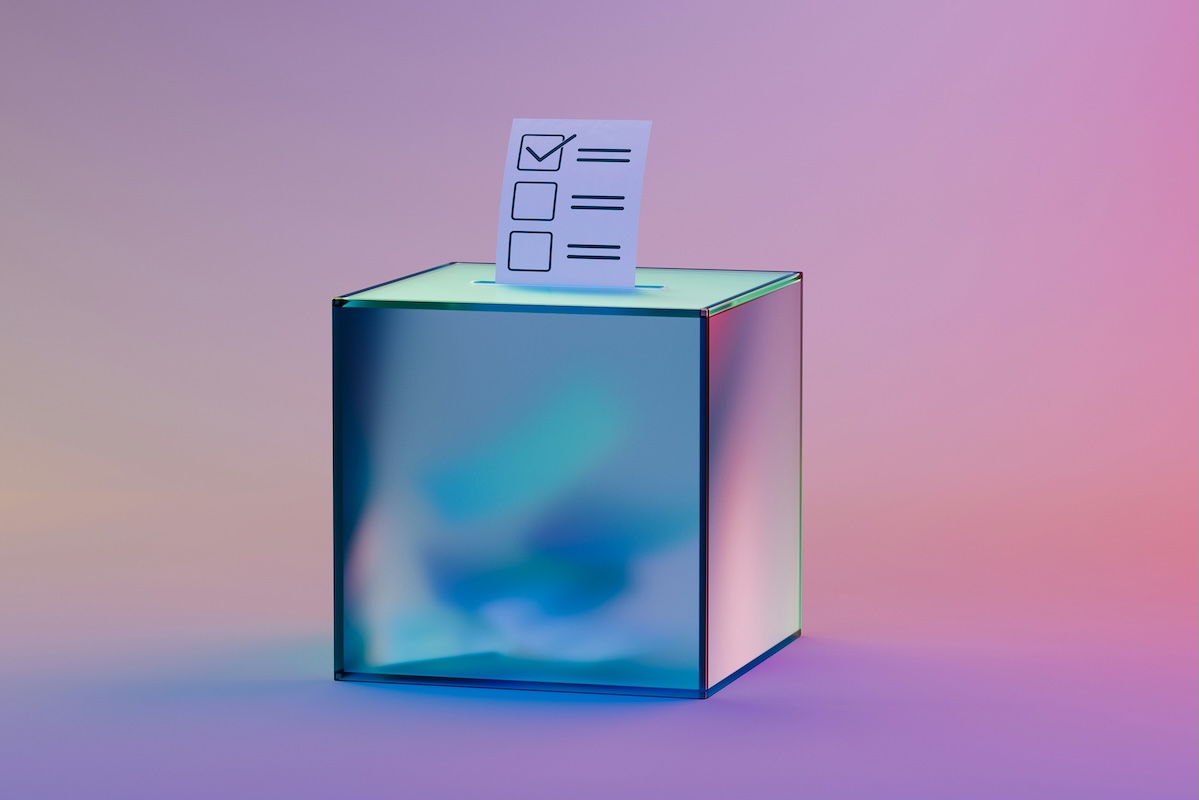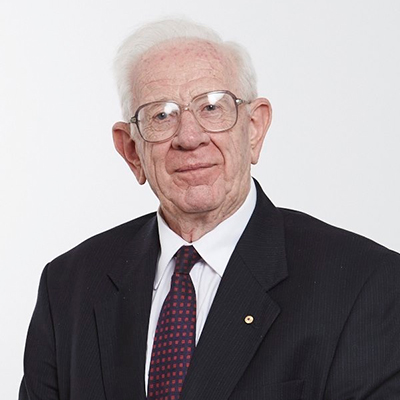

Political geographers are generally agreed that the term “Anglosphere” refers to six countries with Anglo-Celtic origins. They are, in order of population size, the United States of America (population 340 million), the United Kingdom (70 m), Canada (42m), Australia (27 m), New Zealand (5.4m) and Ireland (5.4m). Whether New Zealand or Ireland is the least populous depends on the source of one’s statistics. For the purpose of this article, however, I take Ireland as being the least populous. Therefore, the most populous and least populous are republics. The four middle order countries are constitutional monarchies. King Charles III is their Sovereign, and his head is on their coins.
Since I became a public political commentator in 1955, I have closely followed the elections of all six Anglosphere countries. However, until quite recently it did not occur to me to notice Irish presidential elections. What excited my interest in that field was Australia’s republic debate. Although I have always been a constitutional monarchist I became attracted to the Irish model of a republic. If Australia must become a republic, the Irish model would be the one for us – or so I reasoned.
Irish presidents are elected for terms of seven years, with elections being in October and inauguration late in November. The first election I noticed was held in October 1990 and the primary votes were 694,484 for the Fianna Fail candidate Brian Lenihan, 612,265 for the Labour candidate, Mary Robinson, and 267,902 for the Fine Gael candidate, Austin Currie. The preferences of Currie were then distributed, and they went 205,565 to Robinson and 36,789 to Lenihan. There were also 25,548 votes the Irish describe as “non transferable”, what we in Australia call “exhausted”. In other words, those voters wanted Currie as president but had no preference between Robinson and Lenihan. The final vote, therefore, was 817,830 for Robinson and 731,273 for Lenihan.
So, the Irish have preferential voting as do we Australians, but they are shocked to know that in an Australian election for the House of Representatives those 25,548 votes would not be counted because of the voter’s failure to state anything more than a first preference. They think of our system as being an unreasonable constraining of the voter’s will.
Robinson was the first female President and the first to be elected from outside the Fianna Fail party. She did not seek a second term, resigning in September 1997 upon being appointed as the United Nations High Commissioner for Human Rights. The next two elections, in 1997 and 2004, saw the election of the second female President Mary McAleese, but a reversion to type in that she was from the Fianna Fail party. Those elections were not psephologically interesting as McAleese won the biggest first preference vote on both occasions. She served as President from November 1997 to November 2011.
During the republic debate in Australia, it was frequently asserted that if the president were popularly elected, we would always get a politician as our head of state. The next two Irish presidents serve as good examples of the accuracy of that assertion. Both Michael Higgins (2011-2025) and Catherine Connolly (elected President in 2025) were members of the Dail, or lower house of parliament, known as Dail Eireann.
The Irish Dail had 166 members traditionally, but the number was increased to 174 at the most recent election in November 2024. The electoral system is described by the Irish as “proportional representation by means of the single transferable vote” which system we in Australia call Hare-Clark. It just so happens that both the outgoing President, Higgins, and the incoming President, Connolly, were one of five members for the constituency of Galway West. At the elections of May 2002 and May 2007 Michael Higgins, a poet, was elected as the Labour member but then retired so he could be elected as President which office he held from November 2011 to November 2025. His 2011 presidential election win was unremarkable, but his 2018 win was generally described as “a landslide”. He polled 822,566 votes (55.8 per cent) with the second candidate on only 342,727 votes. Since the combined vote for the five losing candidates was only 651,334 votes, Higgins had an absolute majority, so no further counting of preferences was needed.
Catherine Connolly, born in 1957, was one of 14 children in a family of seven boys and seven girls. She was elected for Galway West fourth out of five as a left-wing independent in February 2016, February 2020 and November 2024. Her vote has been increasing, it being 4,877 in 2016, 5,439 in 2020 and 6,747 in 2024. She was the deputy speaker in her last full parliamentary term. She is undoubtedly the most left-wing politician ever to hold high office in Ireland. Her foreign policy stances are regularly described as “anti-western”. She recently declared that the terror group Hamas is part of the fabric of Palestinian society. She thinks Israel and the United States are the bad countries of the world and recently remarked: “Genocide was committed by Israel, enabled and resourced by American money”. If she were Australian, she would belong to the Socialist Left faction of the Greens.
When the presidential election came along on Friday 24 October it turned out to be the case that there were three candidates, two from the traditional parties and Connolly who was endorsed by all the parties of the left. The final vote is 914,143 for Connolly, 424,987 for Heather Humphreys (Fine Gael) and 103,568 for Jim Gavin (Fianna Fail). With over 63% of the vote for Connolly that has been universally described as a landslide win for her and, clearly, there is no need for Gavin’s preferences to be distributed.
The two big parties, Fianna Fail and Fine Gael, are both conservative in character and owe their history to the Irish civil war of the 1920s. Traditionally they were rivals for office with Fianna Fail holding the office of Taoiseach (prime minister) more often than Fine Gael. Recently, however, with the rise of Sinn Fein, the two conservative parties have been in coalition with each other. Emerging from the 2024 election with 48 seats Fianna Fail holds that office so Micheal Martin is again prime minister, but Fine Gael with 38 seats will see its leader Simon Harris return as Taoiseach in November 2027. Harris held that office from April 2024 until he ceded it back to Martin in January 2025. Sinn Fein is the official Opposition party with 39 seats.
With a conservative government like that facing the most left-wing President ever I revert to my position as a lifelong constitutional monarchist. Much as I love Ireland, I greatly prefer the Australian system. We have the Governor-General as head of state, and she is unobtrusive because she cannot claim any democratic mandate. When I say such things, my republican friends say that King Charles III is the Australian head of state to which I reply: “You are wrong. Charles III is Australia’s King and Sovereign, but his constitutional position is that he is the sole elector of the Australian head of state who is the Governor-General.”
The Irish will tell you that as head of state Connolly must act on the advice of the Taoiseach and she has a ceremonial position only. We shall watch with interest. She has a key role in dissolving the parliament and the President also has “moral authority”. She promises to be Ireland’s “moral compass”. Democratically elected, however, Connolly rivals the Taoiseach – not a good idea, I think.
A final by-the-way. Ireland’s population is growing faster than New Zealand’s. Therefore, I predict that in 2027 New Zealand will be the least populous country of the Anglosphere.